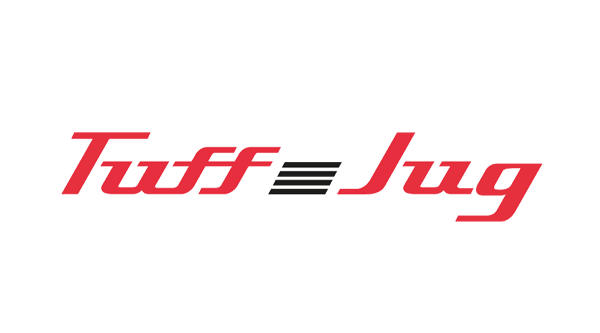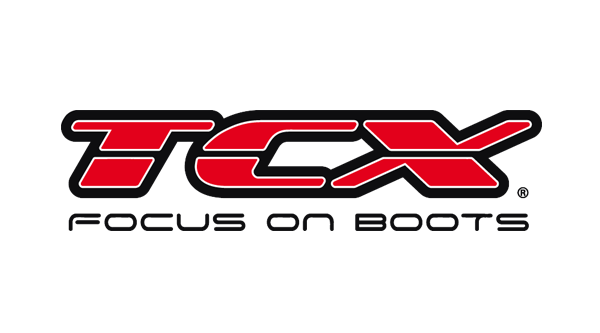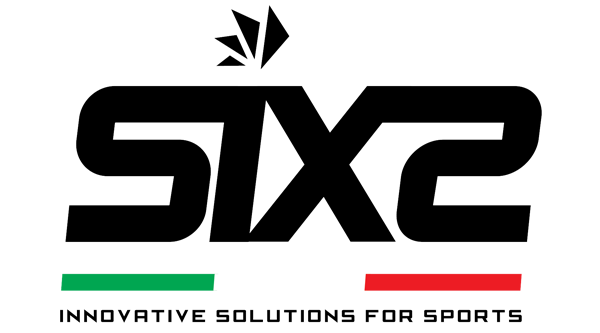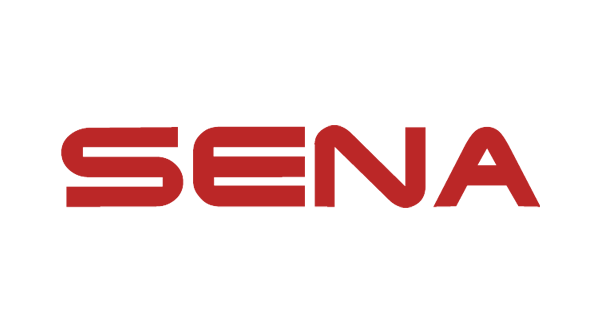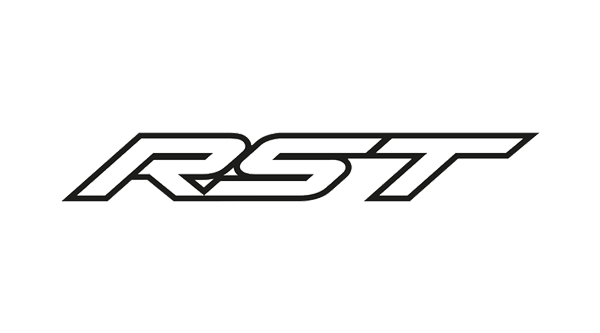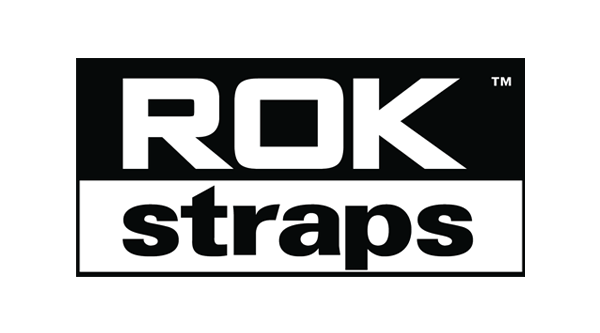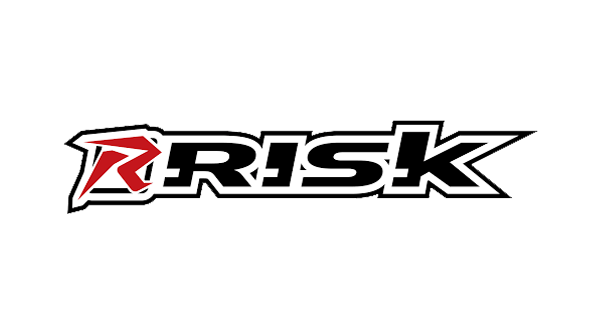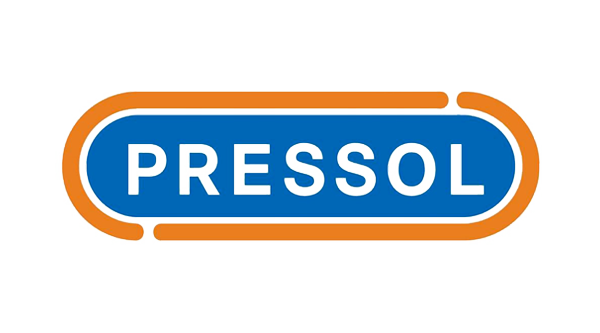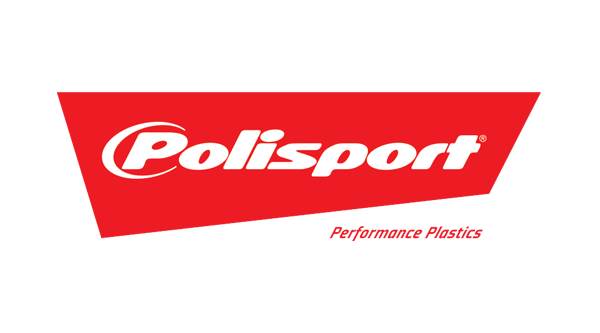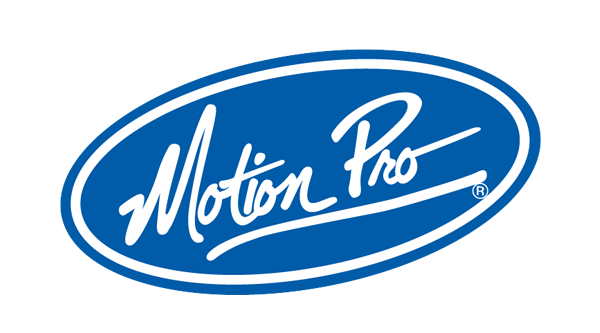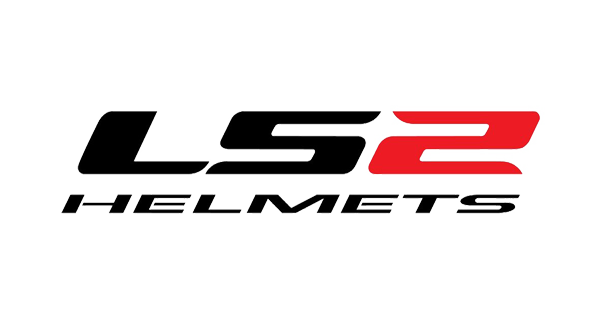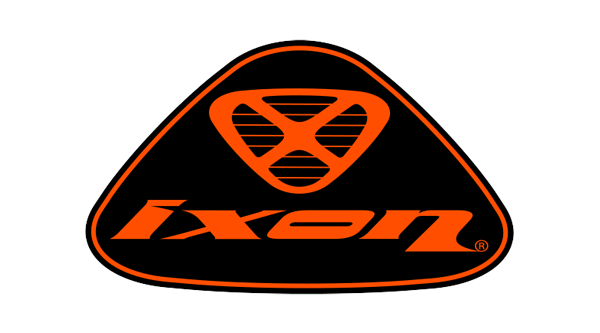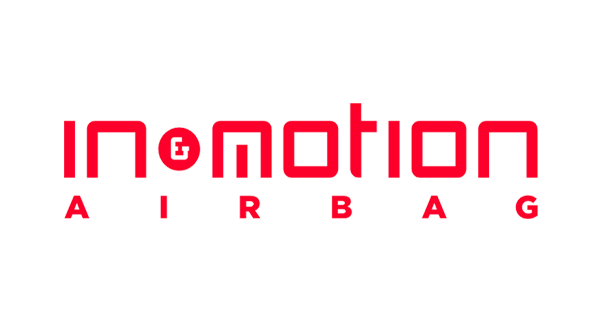ECE 22.06 standard - What's new
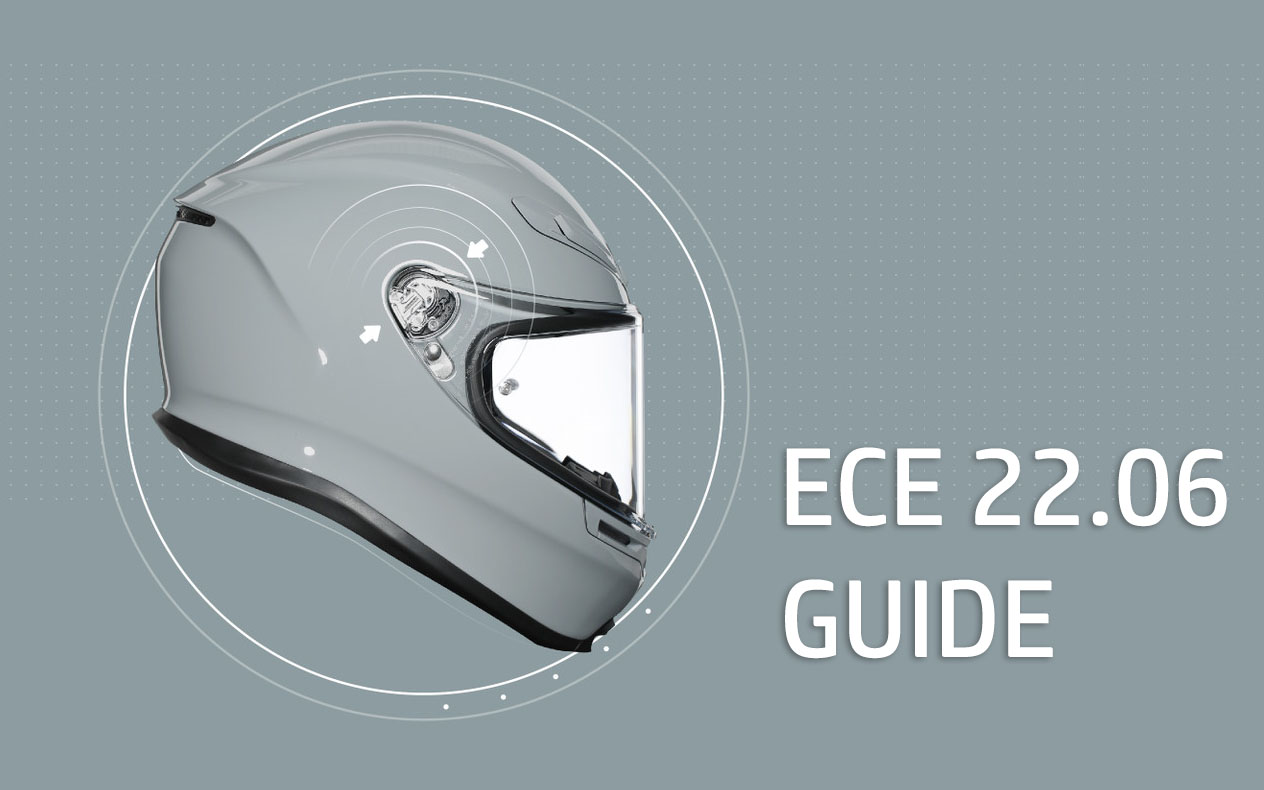
As an experienced motorcyclist you probably already know that in order for your motorbike helmet to be safe and road legal it must first go through a stringent process of testing before it can be placed on sale.
The existing ECE 22.05 regulations are the current guidelines for testing in the UK. In June 2020, sweeping reforms are set to come into place that will have an effect on all types of motorbike helmets, as well as certain types of visors, sun-shades and pre-fitted helmet accessories. It’s the first regulation change in 20 years and seeing as technology has moved on a lot in that time, it’s only right we see an updated rating.
When’s the ECE 22.06 helmet law being introduced?
The legislation is being gradually introduced from now, over the next 3 years. In January 2024 it will be fully in force and no manufacturer, selling helmets within EU will produce a helmet, that’s not ECE 22.06 certified.
Will my ECE 22.05 helmet be illegal?
No. Your current helmet is likely to be certified to the ECE 22.05 standard and it won’t become illegal to wear it. Although helmet manufacturers state that you should change your helmet every 5 years, you don’t have to. So, in theory, you could still be riding around with your current helmet in 2057 and, even though it won’t meet the latest safety standards, it won’t be illegal.
What has changed with ECE 22.06?
There are effectively two big sets of changes proposed that will affect a variety of different helmets and accessories. One of which will have a direct impact on how the tests are undertaken and where, while the other change will be in relation to the technology used in the motorcycle helmet itself.
As it currently stands, impact tests are executed by placing a headform inside the helmet, before dropping it at a predetermined speed on to an anvil. To establish the results of each test, sensors inside the headform measure the forces transmitted, resulting in a simple pass or fail based on those results.
Under ECE 22.06, the drops will encompass a far wider range of speeds, and will consider how the impact effects multiple points across the helmet, to provide a much more comprehensive set of data on how safe (or not) each type of helmet will be out in the real world. There will also be an additional number of anvils introduced into the testing process, including flat, sloping and even kerb shaped.
How will the regulations affect different types of motorcycle helmet?
A brief summary of the main changes and how they will affect the next helmet you buy.
Modular helmets
From June 2020 they will need to have been tested both with and without the facial shield in place. This will be a change from the existing regulations that only require the helmet to pass the test with the chin-bar in the lowered and locked position. Ensuring that these types of helmet meet or exceed the regulation while both closed and locked, as well as open, will ensure a much higher level of safety and protection for the user.
Sun shields
New regulations will ensure that every sun shield must be able to be removed separately from the visor, by means of a simple movement. Helmets that feature sun shields will be tested with the sun shield in the working position.
Visors
To ensure that visors do not shatter during impact, they will be tested with a steel ball at 60 m/s (134mph). In order to be considered safe, the visor must not fracture or deform at such speeds, and the visor housing should not separate into two or more pieces, or no longer be considered capable of holding the visor in position. Road-legal dark visors will be getting darker, too, with the 50% minimum transmission rating changing to 35%.
Accessories
Any helmet sold with accessories will be fully examined to ensure that the additional equipment has no adverse effect on the working of the helmet and/or visor and that the helmet will still comply with the updated requirements. Testing of such accessories will now be done both with and without the accessory attached and will pay particular attention to energy absorption, sharp edges and field of vision.
Reflective stickers
All helmets will come with reflective stickers included in the box, alongside proper instructions on where to place them to ensure maximum conspicuity. Some manufacturers have been doing this for some time, so you may be used to this already, but the new legislation will ensure that reflective stickers become standard across the board.
Prevention of brain injury
In order to prevent the worst possible type of invisible injury, new tests will be introduced to measure rotational acceleration and the impact on the brain. Research has shown the twisting motion of even just a glancing impact can cause significant damage to brain tissue without any obvious external trauma. To help combat the effects of this by increasing the protection provided by helmets, tests will be introduced that will allow the helmet to fall, under specified angles and with a specified speed on to a an anvil at a 45-degree. New sensors inside the helmet will measure the rotational acceleration and the resultant forces.
While the new regulations come into effect from June 2020, retailers will then have a maximum of three years to sell off any ECE 22.05 products before they become illegal. It is likely however, that most helmet manufacturers will be keen to get their new 22.06 helmets out on the shelves as soon as possible.
Additional safety features and comprehensive testing is of course, always a major advantage to all riders, but this may come at a cost. Experts foresee an increase in price equivalent to around 5% on most helmets and associated accessories, but this is a small price to pay for a safer ride all round.


